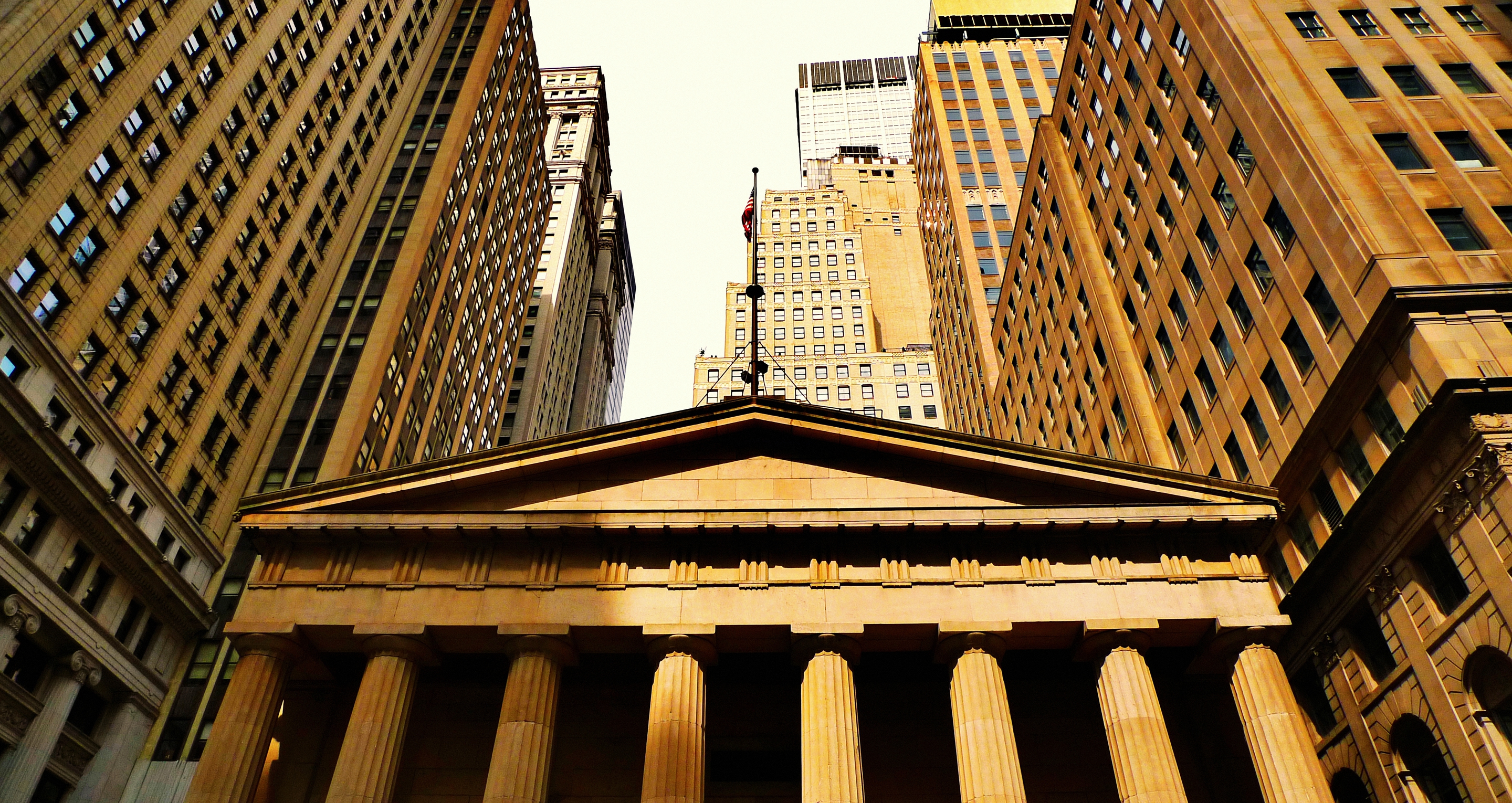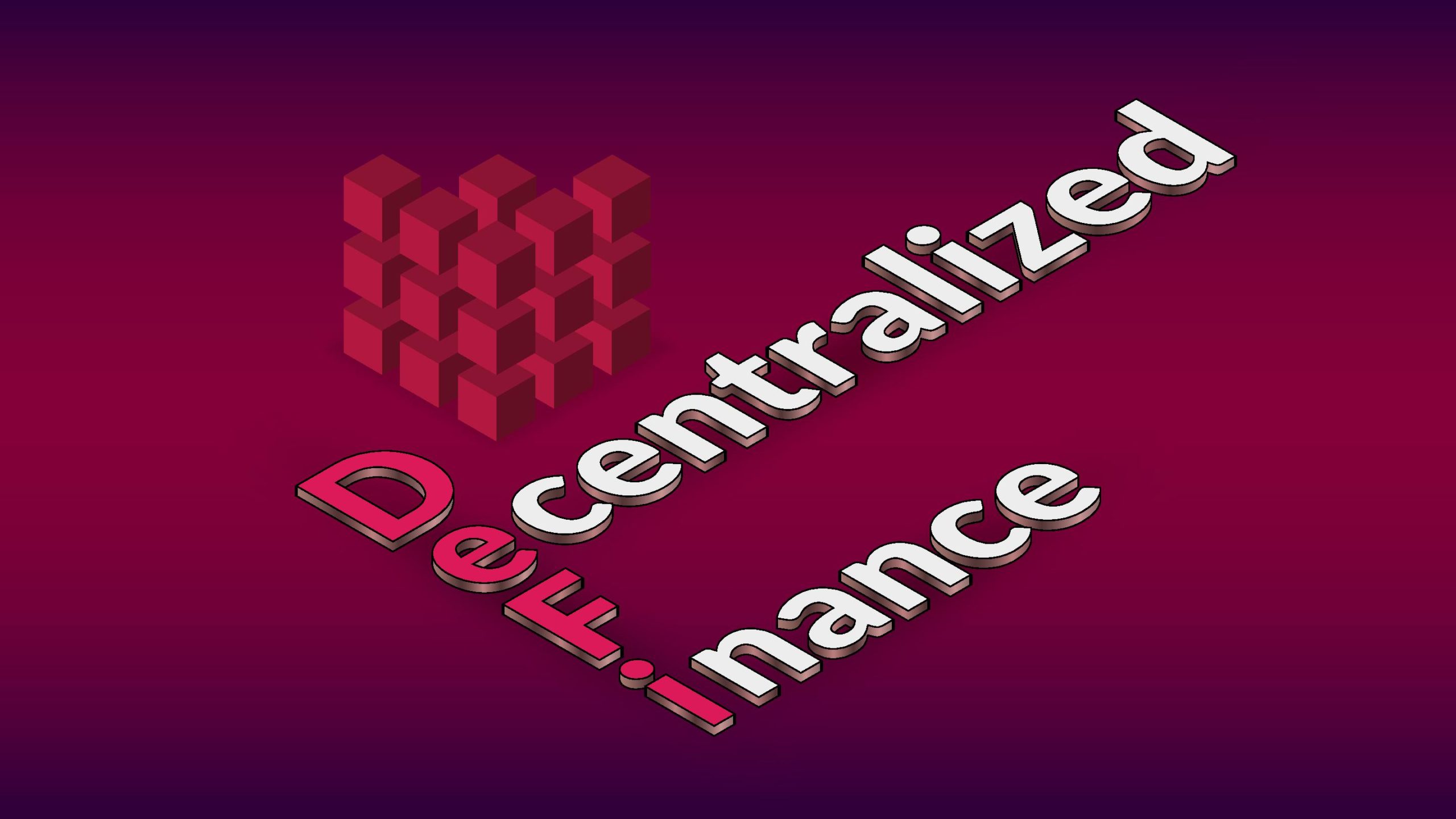Decentralized finance (DeFi) is a fast emerging ecosystem which allows financial products of all kinds, from coins to digital art (NFTs), to be made available on a decentralized blockchain network. The programmable applications and protocols being created on the blockchain such as ethereum, solana and cardano, allow financial transactions to be executed automatically on the blockchain, through “smart contracts” without the need for middlemen like banks for brokerages.
Peer to Peer
Unlike a bank or brokerage account, government issued IDs, social security numbers or proof of address are not necessary in the world of DeFi. DeFI transactions make it possible for buyers, sellers, lenders and borrowers to transact “peer to peer” with only computer based systems in place to serve as the middleman, eliminating the need for a company or institution to initiate a transaction.
Thus, DeFi is not only changing the game of finance, but, in my estimation, is challenging the current financial system by throwing out the entire gameboard. What this will mean for DeFi, remains to be seen.
Life Insurance
So, what would a world without traditional banks look like, and how does this relate to the life insurance industry?
Weirdly, dividend paying whole life insurance strategies coined by such names as the infinite banking concept or becoming your own banker have been touting alternatives to traditional lending for decades. More directly, proponents of these strategies have been critical of traditional lending practices like fractional reserve banking.
To explore this further, let’s first have a look at exactly what constitutes the current modern financial infrastructure and its inherent concerns related to currency devaluation, inflation and centralized control.
Then we will look more deeply at what DeFi is and how it may be synergistic with the philosophies adopted by high cash value whole life proponents.
Finally, we will consider the DeFi horizon as it may offer new opportunities for life insurance companies and particularly the high cash value mutual whole life providers in the space.
Concerns with Centralized Financial Infrastructure
Hub and Spoke
The modern financial infrastructure that most of us has come to know pretty well is characterized by a “hub and spoke” model.
Key financial centers of activity such as New York and London serve as hubs for the financial industry (banks and brokerages) which then influence economic activity at regional spokes or nerve centers such as Milan or Mumbai.
Economic activity or hardship then radiates from the spokes to the rest of the economy.
Arguably, this model has worked pretty well over last 100 years; however, a few big problems have revealed the flaws in the existing code, pun intended.
For example, the relatively recent banking crisis that led to the great recession showed that a few problems with the balance sheets of a few large institutions sent the global economies tumbling toward years of recession.
Another example may be found in the recent worldwide Covid-19 crisis, which demonstrates that the local government policies toward business operations can also drive entire sectors of the economy (markets included) to the brink of recession.
There are also inherent problems that perhaps should be considered pertaining to centralized banking and fiat currencies, the foremost of which concerns the manipulation of currencies by central banks (i.e. the Federal Reserve).
Well known Bitcoin proponent and influencer, Robert Breedlove, talks about the printing of money, or devaluation of currency, which leads to inflation, as theft or a kind of defacto taxation by governments without the political ramifications.
Similarly, for years, proponents of Becoming Your Own Banker coined by Nelson Nash, have questioned the conduct of the U.S, Federal Reserve, scrutinizing the fractional reserve system that is commonly practiced by banks because arguably allows lending (from thin air) at many times the actual currency held by banks. The concern being that current institutional banking practices create inherent instability and the potential for catastrophe.
Breedlove and Nash
Weirdly, both Breedlove’s and Nash’s philosophies strongly admonish people to consider alternative “safer” places to house wealth.
In Breedlove’s view, Bitcoin is a store of value with limited supply not subject to inflation (unlike fiat currencies).
In Nash’s view, a mutual dividend paying high cash value whole life policy is contractually guaranteed non-correlated financial asset that isn’t subject to unstable markets or inherently faulty banking practices.
Both perspectives, intererestingly, are expressly underpinned by foundational ideas adhered to in the Austrian Economics school of economic theory. as referenced by proponents in both camps. In relevant part, Austrian Economics contends that the “boom and bust” cycle (that most Americans have come to accept as inevitable) is nothing more than the unwanted results of excess bank credit in the economy.
For Breedlove, the solution to this boom and bust cycle is Bitcoin because it is a digital asset of limited supply (locked in by code) and thus is not subject to inflation. For Nash, high cash value dividend paying mutual whole life offers a safeharbor asset, because it is a contractual guarantee by private companies (which are owned by policy holders) that have a 100% reserve requirement on the money they loan, in stark contrast to practices of modern institutional banks.
What is Decentralized Finance (DeFi)?
In some ways, DeFi requires the same components for success as centralized systems.
Both need a stable currency and a wide variety of uses and cases. DeFi components take the form of stable coins and services like crypto exchanges and lending services like crypto.com.
Smart contracts provide the framework for the functioning of DeFi apps and services because they encode the necessary terms and activities.
For example, a smart contract for a lending app would contain the exact terms and conditions for lending and borrowing. So lending is conducted by a specific code rather than a lending institution.
To get a bit more “techy”, a software stack contains the components of a decentralized finance system. This stack would have four sections layers namely, the Settlement, Protocol, Application and Aggregation Layers.
Settlement, Protocol, Application and Aggregation Layers
An oversimplification of these layers is that the Settlement Layer is the programmable framework (application) like Ethereum.
The Protocol Layer is where the rules are.
The Application Layer is where the “consumer facing” application is, coinbase.com for example.
Finally, the Aggregation Layer is where aggregators connect various services from the previous application layer to provide a service to investors, such as lending services on crypto.com.
Despite respectivable market caps such as Ethereums which as of this writing is at just over $500 billion, DeFi is assuredly in its infancy.
The DeFi ecosystem is still plagued with structural mishaps and scams are an ever present concern.
There are also questions concerning DeFi regulatory problems due to its open and relatively distributed nature when existing financial regulations are designed around the idea up separate financial jurisdictions.
Still, DeFi, while uncertain is arguably forging a valuable path toward a new kind of finance, offering access and a forum that may become more reliable than the current centralized system for all of the reasons discussed above.
High Cash Value Whole Life and DeFi [A Synergistic Relationship]
The philosophy of using high cash value mutual whole life, with paid up additions, as a alternative source of financing is (and always has been) somewhat at odds with traditional lending institutions and practices.
An obvious question is how mutual whole life insurance as an asset class harmonizes with the emergence of DeFi.
Further, is there a future interplay between these 2 distinct asset classes which are mutually at odds with the status quo.
To answer this question, we can only carefully observe what is happening in the industry.
As mentioned in our previous article, Bitcoin, the Blockchain and How Crypto is Changing Life Insurance and Estate Planning, we looked into how life insurance companies are embracing cryptocurrencies and even using DeFI (ethereum based) applications to begin to do things like process claims.

Question being, is there a likelihood that companies, such as Mass Mutual who is heavily invested in Bitcoin and observing that Mass Mutual is also active in promoting crypto investing, will gravitate toward utilizing the blockchain to provide services such as policy loans rather than walking through a process that is fully centralized (in house).
Another discernible benefit with the emergence of DeFI as it pertains to the permanent life insurance industry (and partcularly whole life companies) is that the contrarian movement being hotly pursued by millions into the crypto and DeFi spaces, lends credence to the need for non-correlated assets and alternative to fiat currencies and centralized banking systems.
Again, time will tell how the new landscape of DeFi will take shape and will reveal the depths of how it will impact and potentially transform the life insurance industry.





